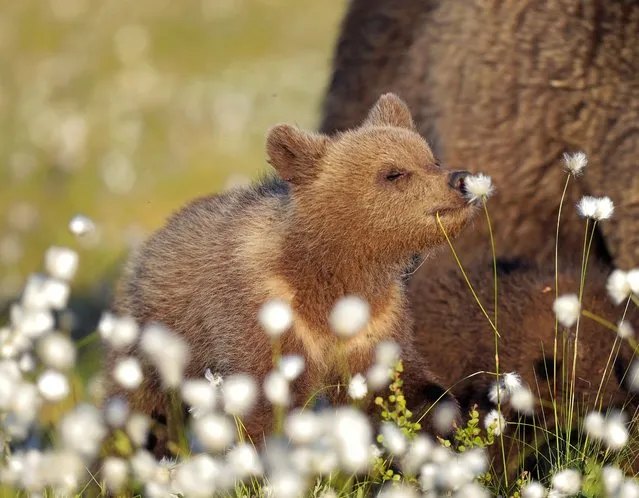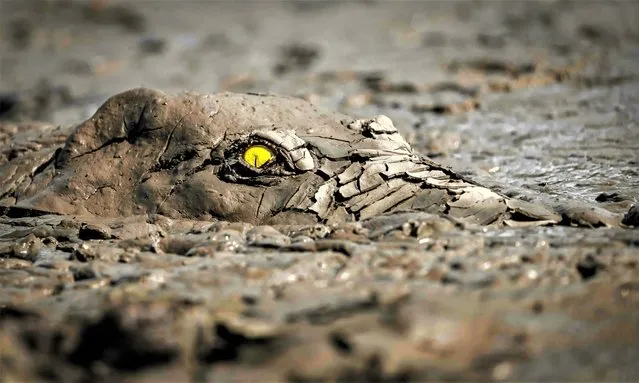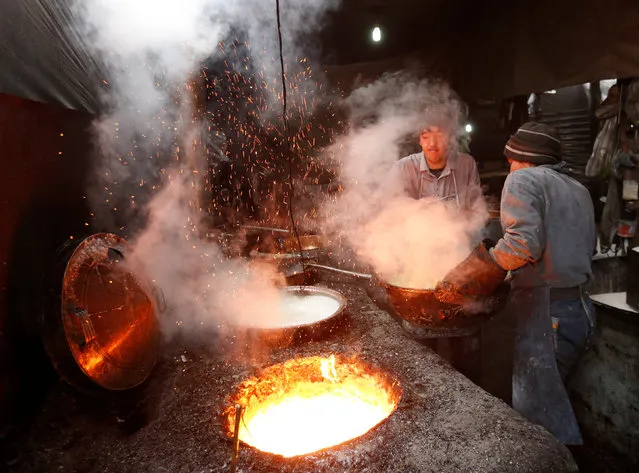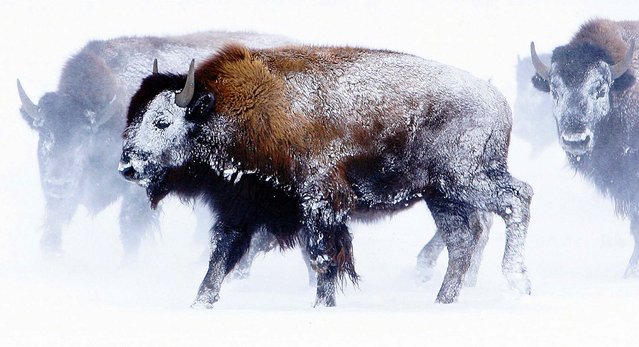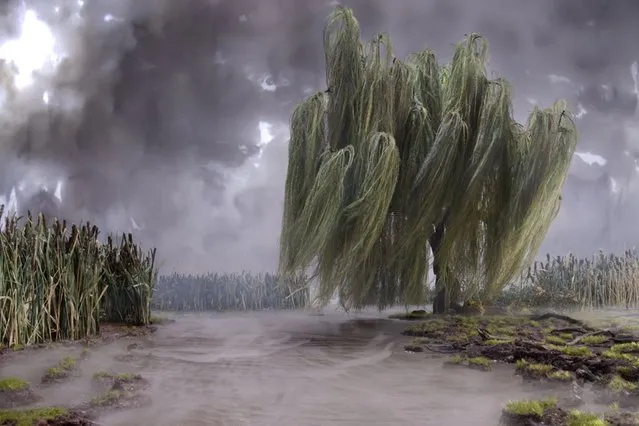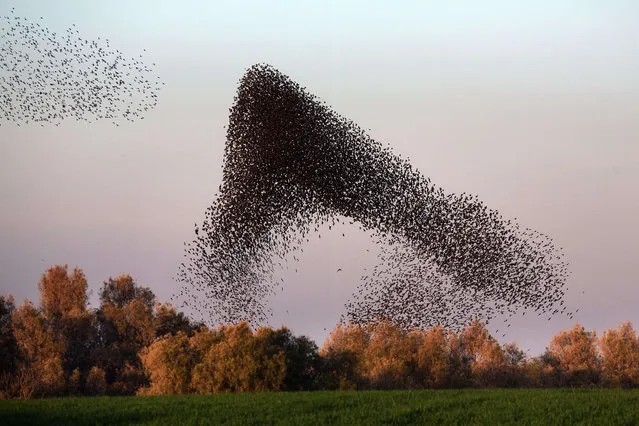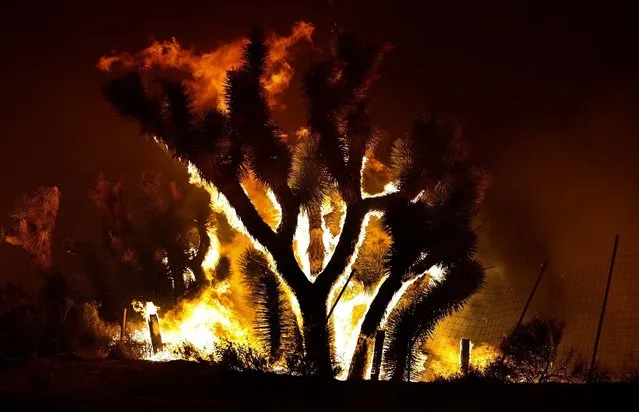
Yuccas catch fire as the Powerhouse fire makes a fast run toward Lake Hughes, south of Lake Hughes, California, on June 1, 2013. The 19,500-acre wildfire destroyed numerous homes overnight. (Photo by David McNew/Getty Images)
03 Jun 2013 09:24:00,post received
0 comments


